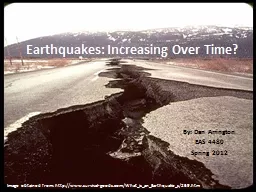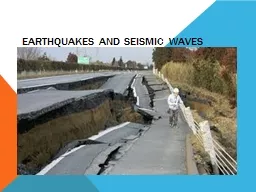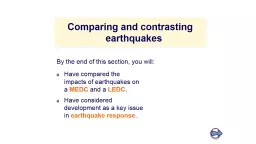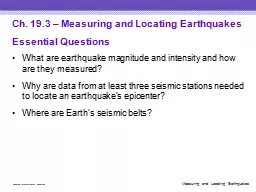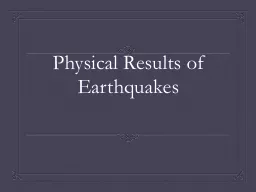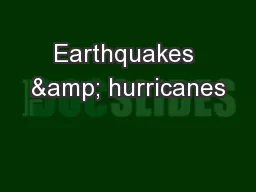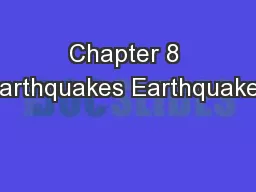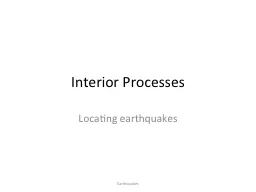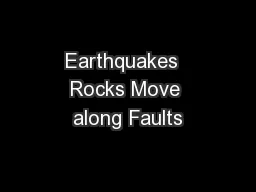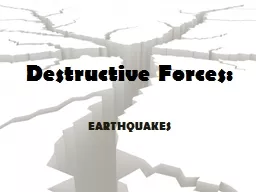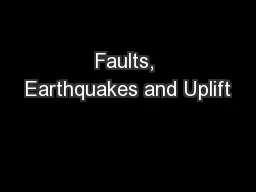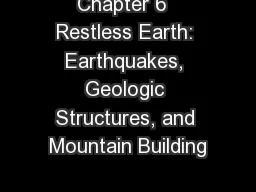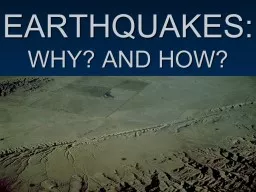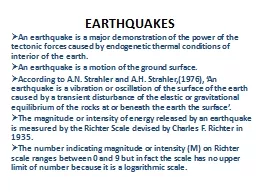PPT-Earthquakes: Increasing Over Time?
Author : alida-meadow | Published Date : 2018-12-04
By Dan Arrington EAS 4480 Spring 2012 Image obtained from httpwwwsurvivalgoodscomWhatisanEarthquakes269htm Background Information Richter Scale Measures magnitude
Presentation Embed Code
Download Presentation
Download Presentation The PPT/PDF document "Earthquakes: Increasing Over Time?" is the property of its rightful owner. Permission is granted to download and print the materials on this website for personal, non-commercial use only, and to display it on your personal computer provided you do not modify the materials and that you retain all copyright notices contained in the materials. By downloading content from our website, you accept the terms of this agreement.
Earthquakes: Increasing Over Time?: Transcript
Download Rules Of Document
"Earthquakes: Increasing Over Time?"The content belongs to its owner. You may download and print it for personal use, without modification, and keep all copyright notices. By downloading, you agree to these terms.
Related Documents

